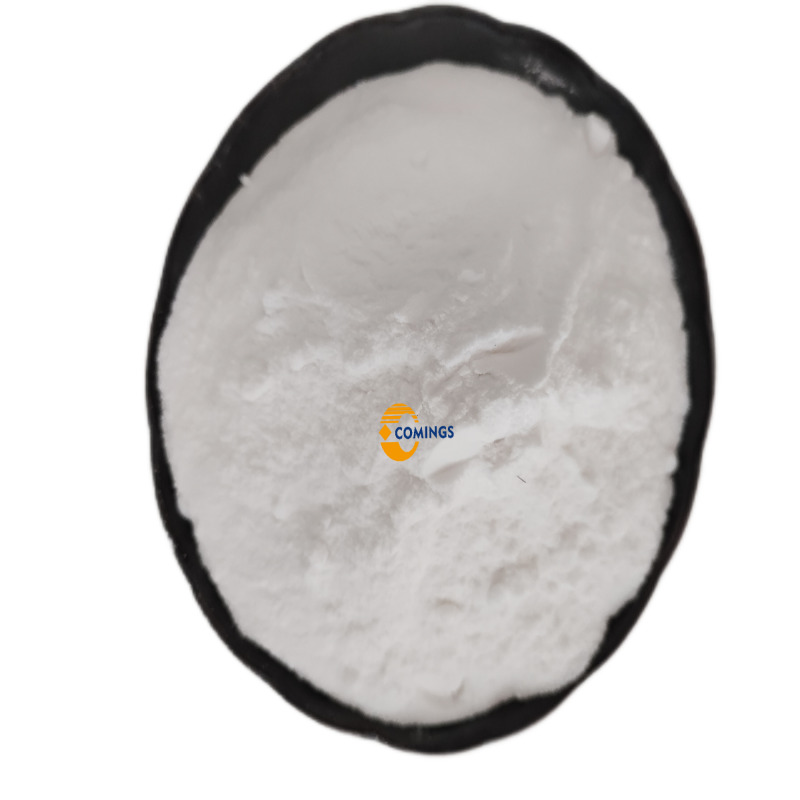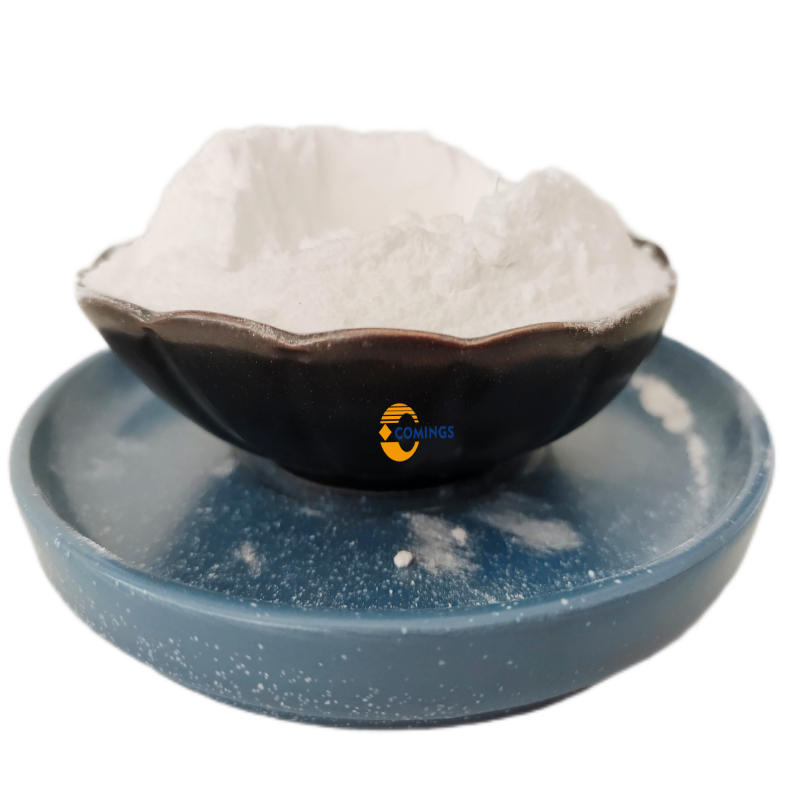-
Categories
-
Pharmaceutical Intermediates
-
Active Pharmaceutical Ingredients
-
Food Additives
- Industrial Coatings
- Agrochemicals
- Dyes and Pigments
- Surfactant
- Flavors and Fragrances
- Chemical Reagents
- Catalyst and Auxiliary
- Natural Products
- Inorganic Chemistry
-
Organic Chemistry
-
Biochemical Engineering
- Analytical Chemistry
-
Cosmetic Ingredient
- Water Treatment Chemical
-
Pharmaceutical Intermediates
Promotion
ECHEMI Mall
Wholesale
Weekly Price
Exhibition
News
-
Trade Service
Extracellular electron transfer is the main way for microorganisms to carry out extracellular metabolism.
Through this process, many microorganisms participate in the geochemical cycle of elements and achieve high-efficiency degradation of pollutants (such as bioelectrochemical systems BESs)
.
There are very complex metabolic interactions (such as competition, symbiosis, coexistence, etc.
) between microorganisms in mixed microbial communities.
These metabolic interactions will affect the extracellular electron transfer process of microorganisms, which in turn affects the efficiency of BESs in degrading pollutants
.
In the past, related research mainly focused on metabolic cooperation, but the influence mechanism of interspecies competition on the process of microbial extracellular electron transfer has not been studied yet
.
Recently, the Environmental Electrochemistry Research Group of the Institute of Urban Environment, Chinese Academy of Sciences used BESs as a research platform to use two strains of Shewanella oneidensis (Shewanella oneidensis MR-1) and Freund's citric acid both using lactate as a substrate.
Bacillus (Citrobacter freundii An1) explored the influence of inter-species substrate competition on extracellular electron transport
.
Studies have shown that the substrate competition between S.
oneidensis MR-1 and C.
freundii An1 increases the power generation of mixed bacteria BESs, which is 6 times that of BESs inoculated with S.
oneidensis MR-1 alone
.
The results showed that the inter-species substrate competition increased the metabolic activity of S.
oneidensis MR-1 and the ability to form a biofilm on the electrode, thereby obtaining a competitive advantage with C.
freundii An1; the increase in metabolic activity was not only for MR-1 Provides more electrons, but also secretes more flavin to promote extracellular electron transfer
.
Proteomics analysis further confirmed that, affected by the substrate competition between species, the expression of proteins related to lactate metabolism, biofilm formation, and outer membrane c-type cytochromes in S.
oneidensis MR-1 in the electrode biofilm was significantly up-regulated
.
The research results were published on Biosensors and Bioelectronics under the title of Interspecific competition by non-exoelectrogenic Citrobacter freundii An1 boosts bioelectricity generation of exoelectrogenic Shewanella oneidensis MR-1
.
This research was supported by the National Natural Science Foundation of China, the Xiamen Youth Innovation Fund Project, and the Chinese Academy of Sciences Youth Innovation Promotion Association
.
Interspecific competition affects microbial extracellular electron transfer.
Source: Institute of Urban Environment, Chinese Academy of Sciences
Through this process, many microorganisms participate in the geochemical cycle of elements and achieve high-efficiency degradation of pollutants (such as bioelectrochemical systems BESs)
.
There are very complex metabolic interactions (such as competition, symbiosis, coexistence, etc.
) between microorganisms in mixed microbial communities.
These metabolic interactions will affect the extracellular electron transfer process of microorganisms, which in turn affects the efficiency of BESs in degrading pollutants
.
In the past, related research mainly focused on metabolic cooperation, but the influence mechanism of interspecies competition on the process of microbial extracellular electron transfer has not been studied yet
.
Recently, the Environmental Electrochemistry Research Group of the Institute of Urban Environment, Chinese Academy of Sciences used BESs as a research platform to use two strains of Shewanella oneidensis (Shewanella oneidensis MR-1) and Freund's citric acid both using lactate as a substrate.
Bacillus (Citrobacter freundii An1) explored the influence of inter-species substrate competition on extracellular electron transport
.
Studies have shown that the substrate competition between S.
oneidensis MR-1 and C.
freundii An1 increases the power generation of mixed bacteria BESs, which is 6 times that of BESs inoculated with S.
oneidensis MR-1 alone
.
The results showed that the inter-species substrate competition increased the metabolic activity of S.
oneidensis MR-1 and the ability to form a biofilm on the electrode, thereby obtaining a competitive advantage with C.
freundii An1; the increase in metabolic activity was not only for MR-1 Provides more electrons, but also secretes more flavin to promote extracellular electron transfer
.
Proteomics analysis further confirmed that, affected by the substrate competition between species, the expression of proteins related to lactate metabolism, biofilm formation, and outer membrane c-type cytochromes in S.
oneidensis MR-1 in the electrode biofilm was significantly up-regulated
.
The research results were published on Biosensors and Bioelectronics under the title of Interspecific competition by non-exoelectrogenic Citrobacter freundii An1 boosts bioelectricity generation of exoelectrogenic Shewanella oneidensis MR-1
.
This research was supported by the National Natural Science Foundation of China, the Xiamen Youth Innovation Fund Project, and the Chinese Academy of Sciences Youth Innovation Promotion Association
.
Interspecific competition affects microbial extracellular electron transfer.
Source: Institute of Urban Environment, Chinese Academy of Sciences






